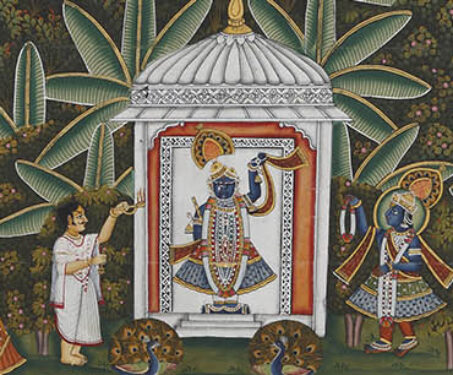

Who paints Pichwais & other mysteries
Let’s start with the fact that the word ‘Pichwai’ itself is a misnomer

Let’s start with the fact that the word ‘Pichwai’ itself is a misnomer
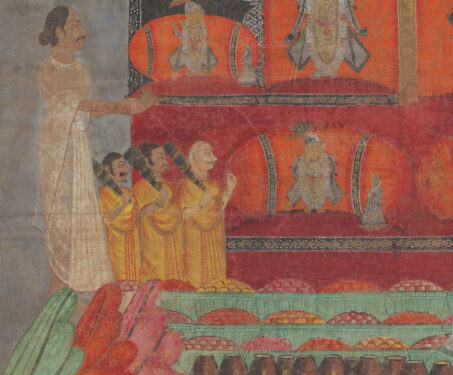
Pichwai paintings were born in the temple town of Nathdwara in Rajasthan and centre the 8-year-old deity, Shrinathji
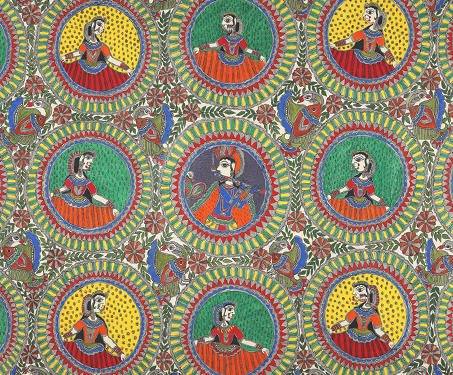
Mithila painting is a traditional mural artform from Madhubani district, Bihar. The artform is known to be a woman’s preserve, one that has roots in the wedding rituals of the Maithil community. Today, many artists from both genders create canvases filled with depictions of religious gods and symbols, socio-political issues as well as rural and… Read more »
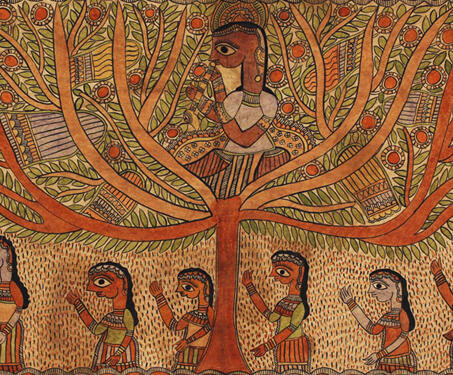
Mithila art traditionally uses motifs from nature like birds and elephants, or depicts themes of love both eternal and mortal, or scenes from Hindu mythology. This painting showcases an episode from the Bhagavata Purana where Krishna steals clothes of gopis (cow herding women) who were bathing in river yamuna. He is shown here seated atop… Read more »
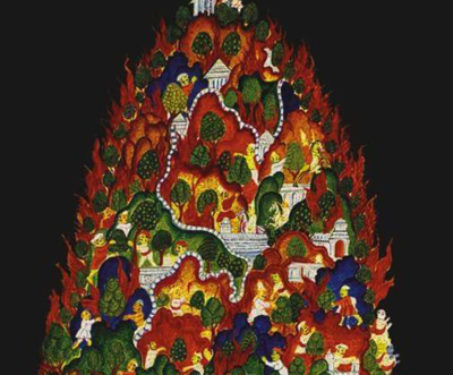
Distinguished art historian Dr BN Goswamy is presenting an illustrated lecture at the NCPA in Mumbai on 13 February 2020, where he will speak on great images from a rare manuscript of the Bhagavata Purana, formerly in the collection of the Mysore Palace. The paintings depict Krishna’s story after he becomes the Lord of Dwarka.
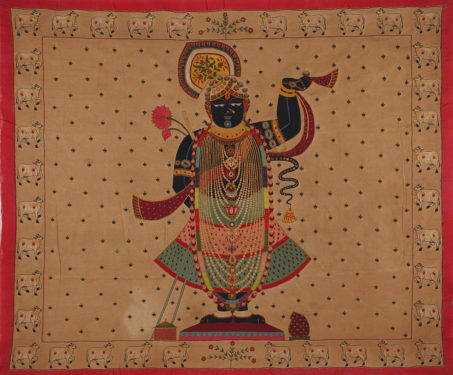
An art form devoted to a seven-year-old Krishna has survived medieval migration, Mewari assimilation and an irate Aurangzeb, to continue to celebrate the fables and festivals of the dark lord
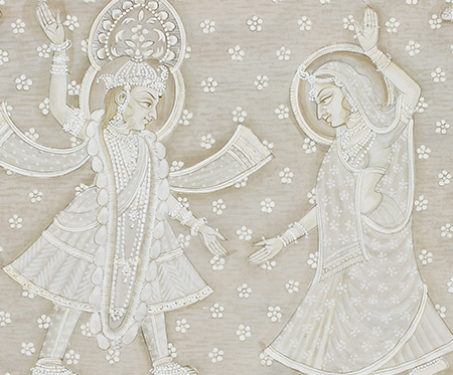
A raas leela pichwai of Shrinathji on a full moon night. At the top of the frame, the moon is prominently displayed along with a clear star-speckled sky. Outside among the banana and mango trees, Shrinathji plays the raas leela with his gopis. Multiple forms of Krishna are found among the gopis, holding hands and… Read more »
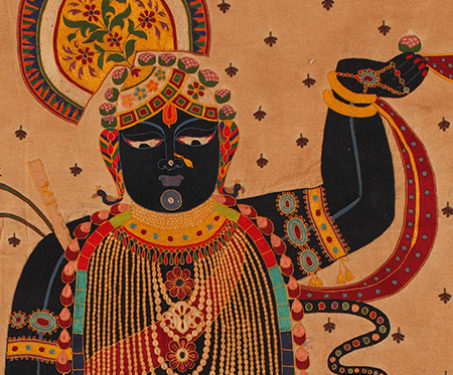
Shrinathji is the presiding deity of the Vaishnava sect called the Pushtimarg, and his worship is centred in the temple at Nathdwara in Rajasthan. He is an incarnation of Krishna as a seven-year-old boy; the iconography seen in this pichwai is the classic characterisation of the deity. Pichwais are textile embroideries or paintings that were… Read more »
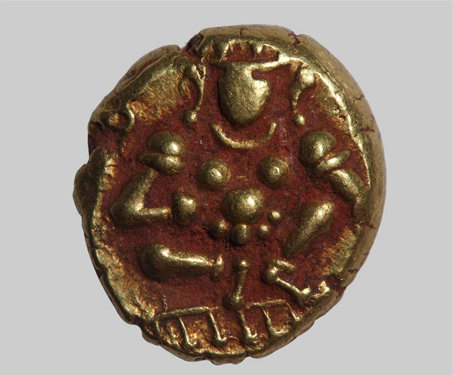
This should give you an idea of how powerful the Vijayanagara dynasty was: they changed the entire currency system in south India. It was the ruler Hari Hara II who impressed upon the administration the importance of collecting state revenue in currency instead of in kind. This led to the mass production of coins in… Read more »